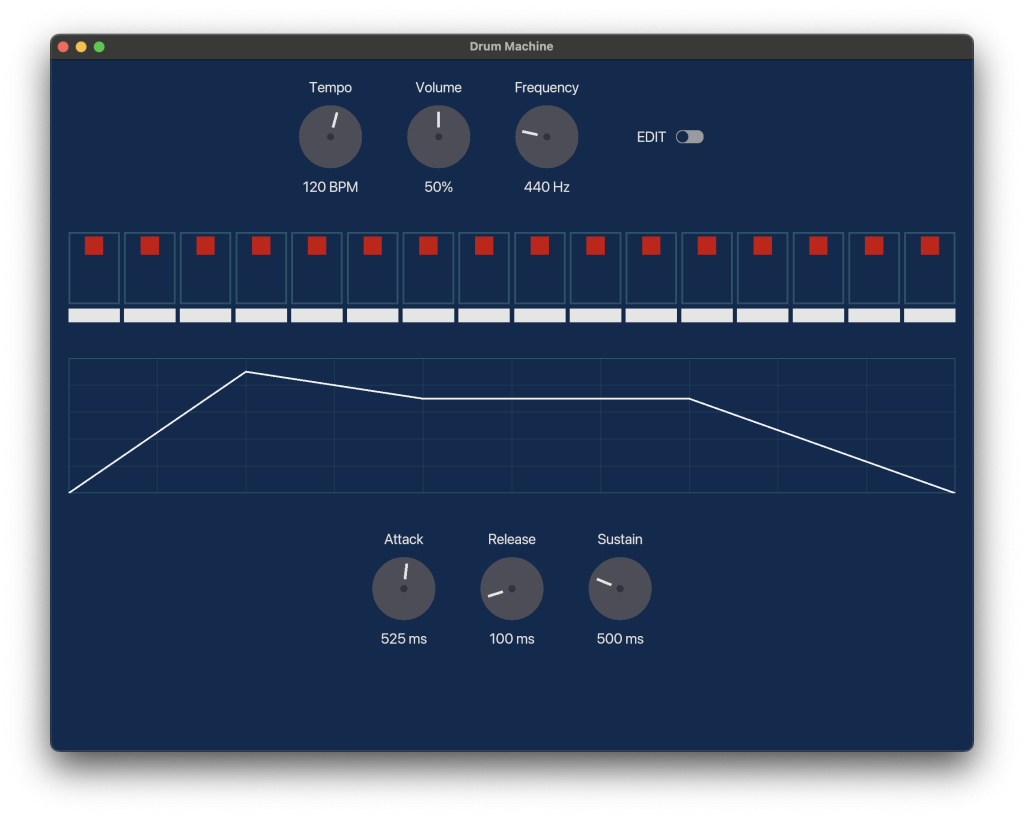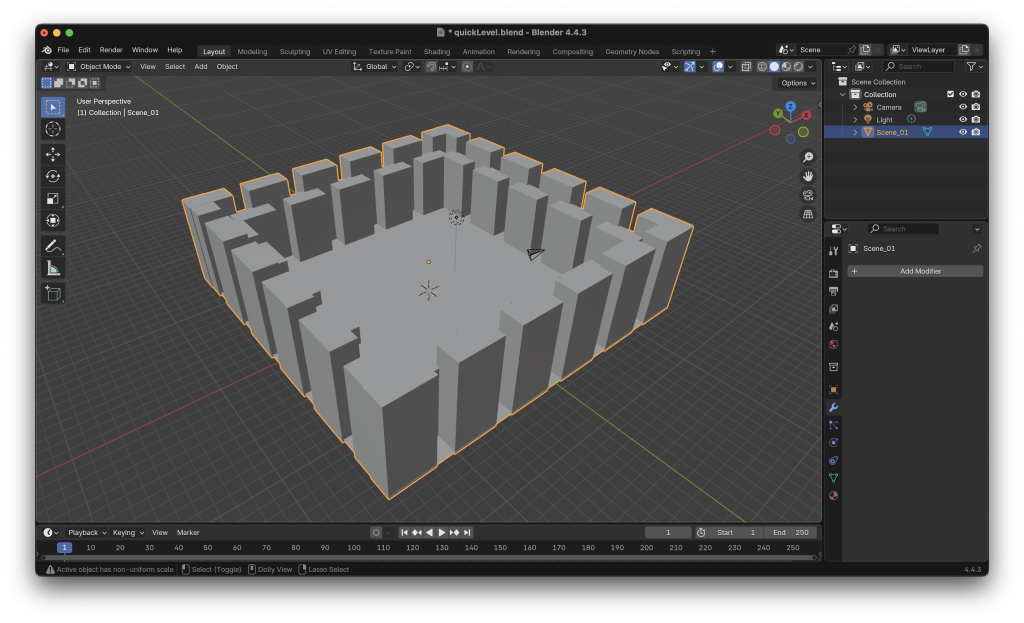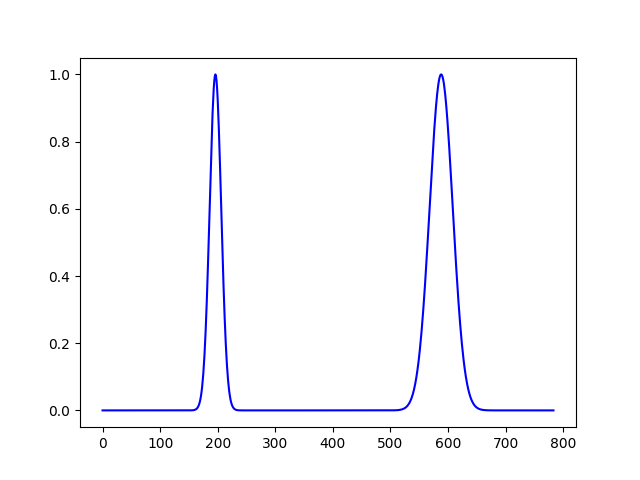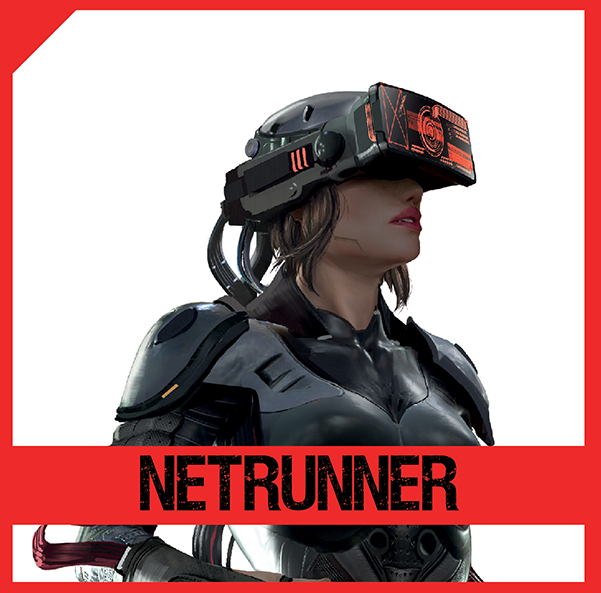Making moves to make a simple drum machine app: It does not look good…Gotta clean that up, make it a bit more formal looking. I very much dislike the cartoony side of things. Honestly I think the audio side shouldn’t be that difficult, it’s really just a sinewave generator with a parallel array for the […]
More 3D Less render
Started messing around with Bevy (https://bevy.org) which scratches some of the lower level itch I’m looking for but has enough utility things that I can spin up things kinda quick.In this case just made a first person flying camera and loaded in a scene I made in blender, rendered it red and added a light. […]
Getting better at telling AI what to do
I’ve been messing around with Claude code to see how fast I can spin up silly small projects. I also wanted to do a bit more in rust (https://rust-lang.org). The first one is a breakout clone using the egui library (they call libraries “crates” in rust to avoid sounding like python, and because the package […]
Using ML to make a well known and established DSP techniques harder (Part 2)
I got some feedback from my last post which basically said: 1.) “Why didn’t you test against different signals? “ 2.) “The signal I chose was too match against was pretty simple, you should do a continuous function” 3.) Why wouldn’t you make a subfunction to detect something like a pulse (containing something like a […]
Using ML to make a well known and established DSP techniques harder
I decided to bite the bullet and startup learning pytorch(https://pytorch.org/) and basic neural net creation (Also this was a reason I dropped $2000ish on a 4090 a year ago and with the promise I could use it to do things like this). After the basic letter recognition tutorial (here) I decided I wanted to make […]
“Stay a while and Listen”
I added some visitor analytics to wordpress via a custom plugin As a non-web programmer this was surprisingly easy…Only because I have AI. Claude AI was able to throw everything into a script and threw it into a zip file and installed it into wordpress. A apart of me feels like I cheated but at […]
More Cyber
ChatGPT is my friend. This is in a branch:https://github.com/wfkolb/CyberpunkRedCyberspace/tree/wk_feature/NewPlayerVisualization Isn’t hooked up to firebase yet (to pull the floor information) but I figure I can make a few models to handle each level and a bunch for each of the ice daemons (you can see the dog for the hellhound: https://cyberpunk.fandom.com/wiki/Hellhound_(RED) ) which I’ll probably […]
Vibin’ for some cyberpunk
Did a bit more work on the cyberpunk stuff Functionally I think I’m close. I’m probably not going to add branching paths to the floors but I’d rather get this locked down then I can transition the viewing to a better 3d model view (with elevator and all). Code is posted here: https://github.com/wfkolb/CyberpunkRedCyberspace Again this […]
More Vibe coding
I wanted to setup a way to visualize the cyberspace for cyberpunk red ( https://www.cbr.com/cyberpunk-red-netrunner-class-explained/ ) for awhile and I never found a good solution. So I tried spinning up my own version with some chatgpt help: Looks like crap but if I get a simple viewer working it should be easy enough to get […]
Touch ups
I spent the day listening to old gorillaz youtube videos while working. Once I hopped on abelton I tried re-creating “welcome to the world of the plastic beach” by memory: It turned out better than I thought after I compared it to the original. (You may notice the beeps from rhinestone Eyes I somehow got […]









